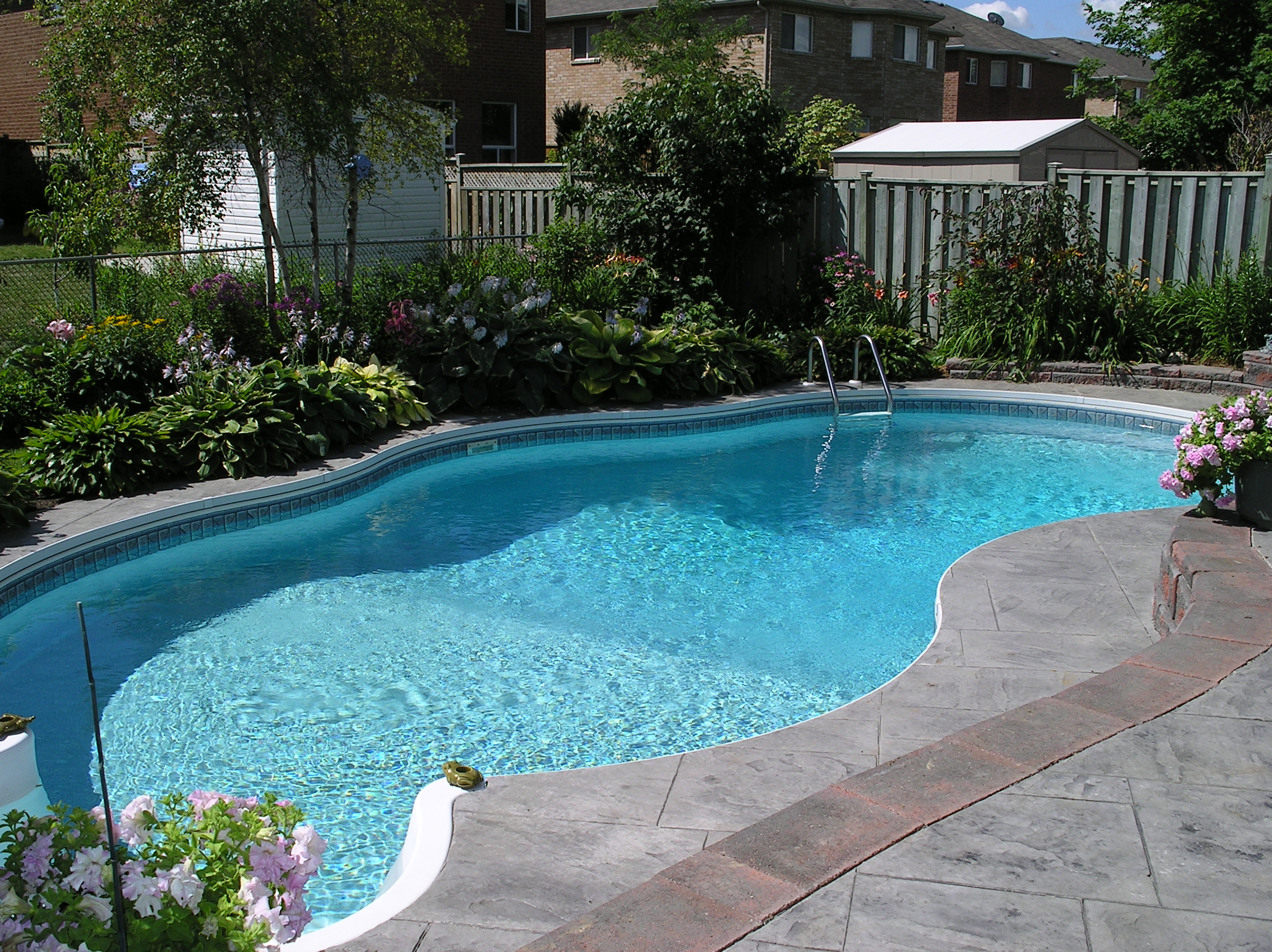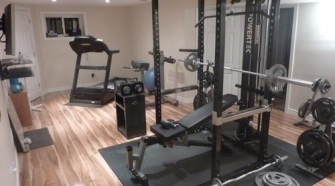Owning their own swimming pool is considered by many to be one of the highest marks of luxury. It is pretty much a good way of marking success and material wealth, largely because of how much planning and cost installing a pool brings. That is right, you cannot just dig a hole in the ground, tile it over, fill it with water and call it a pool. There are things you need to do first long before you even strike the earth.
Otherwise, what you’ll wind up installing is not a pool, but an overpriced and rather extravagant duck pond. While they certainly have their place in a garden, they are not nearly as relaxing to dip into on a hot summer’s afternoon. Nor half as hygienic, for that matter.
Choose a Good Site
Think carefully about the position you want the pool to be in, as it will directly affect how much work will be needed to ensure its prepped for installation. For example, if the site chosen is on a slant, then more landscaping will be needed to ensure the pool is level. Otherwise, you’ll end up with all the water draining towards one end. Likewise, the site should be relatively clear of any obstructions, such as large rocks, plants or necessary fixtures (such as power boxes).
Consider the soil carefully, too. You’ll want a strong foundation for your pool to prevent it from shifting over time and cracking, so make sure the soil is sturdy and stable. Avoid areas that are comprised mostly of loose sand, or else be prepared to pay some more for the necessary landscaping.
Check for Underground Hazards
There’s a wealth of things hidden under the earth, where the eyes of men cannot easily see. Some things can be pretty neat, such as old Native American artefacts, buried minerals or even a dinosaur fossil or two. For someone building a pool, though, you are more likely to encounter hidden air pockets, buried boulders, and other such clutter. These need to be located and removed before a pool can build, lest they disrupt installing the pool later on, or worse, cause damage not long into its lifespan.
One of the easiest and most effective ways to locate buried obstacles is to utilise ground-penetrating radar (GPR). These nifty little devices can locate anything from hidden rocks to buried containers all within a designated radius, allowing you to uncover subterranean hazards quickly before they are a bother. They can even be used for environmental surveys to make sure the site is suitable too. Companies such as Wood Inspection Services are fully equipped to perform such surveys and make sure there are no underground utilities to prevent the installation of your new pool.
Check Your Local Building Codes
As well as making sure you can build a pool, you should check to see if you are even allowed to build the pool in the first place. Certain building codes in the area may require fences to be built around the pool and for those fences to be of a certain height, to have a lock, and possess certain other features and measurements. As well as fencing, there may also be laws about the amount of noise produced by a pool and any tax concerns. These issues may also factor into your pool’s insurance.
Consider Long-Term Costs
It is tempting, when looking at the costs of installing a pool, to only think about the upfront costs of installation. Such temptation is highly short-sighted. There’s more to owning a pool than the initial payment. Once the pool is installed, you’ll also need to pay for its maintenance, its cleaning, and any additional taxes that the pool may accrue. There’s also the occasional payments you may need to make for emergency occurrences, such as draining it when a pump or filter breaks.
Make sure you can afford the cost of ownership before buying a pool. Once it’s installed, it is very hard to get rid of if you find it is more of a drain on your budget than you realised. You can save money by installing more efficient systems into your pool. For example, pumps and heaters can be installed to run on solar power. Not only is this good for the environment, but it saves on energy costs.
Water Features
If you want water features, such as jets, waterfalls or bubbles, it is best to install them during initial construction, not afterwards. Doing so after the pool’s installation will be trickier, assuming it is not impossible, and carry far greater costs. The entire pool may even need to be refitted.
The writer, Christian Mills, is a blogger who focuses on home improvement topics, and writes about the many ways to turn a simple place to sleep into your own private and exclusive resort. If you wish to learn more about Christian you can visit his profile on Google+.












